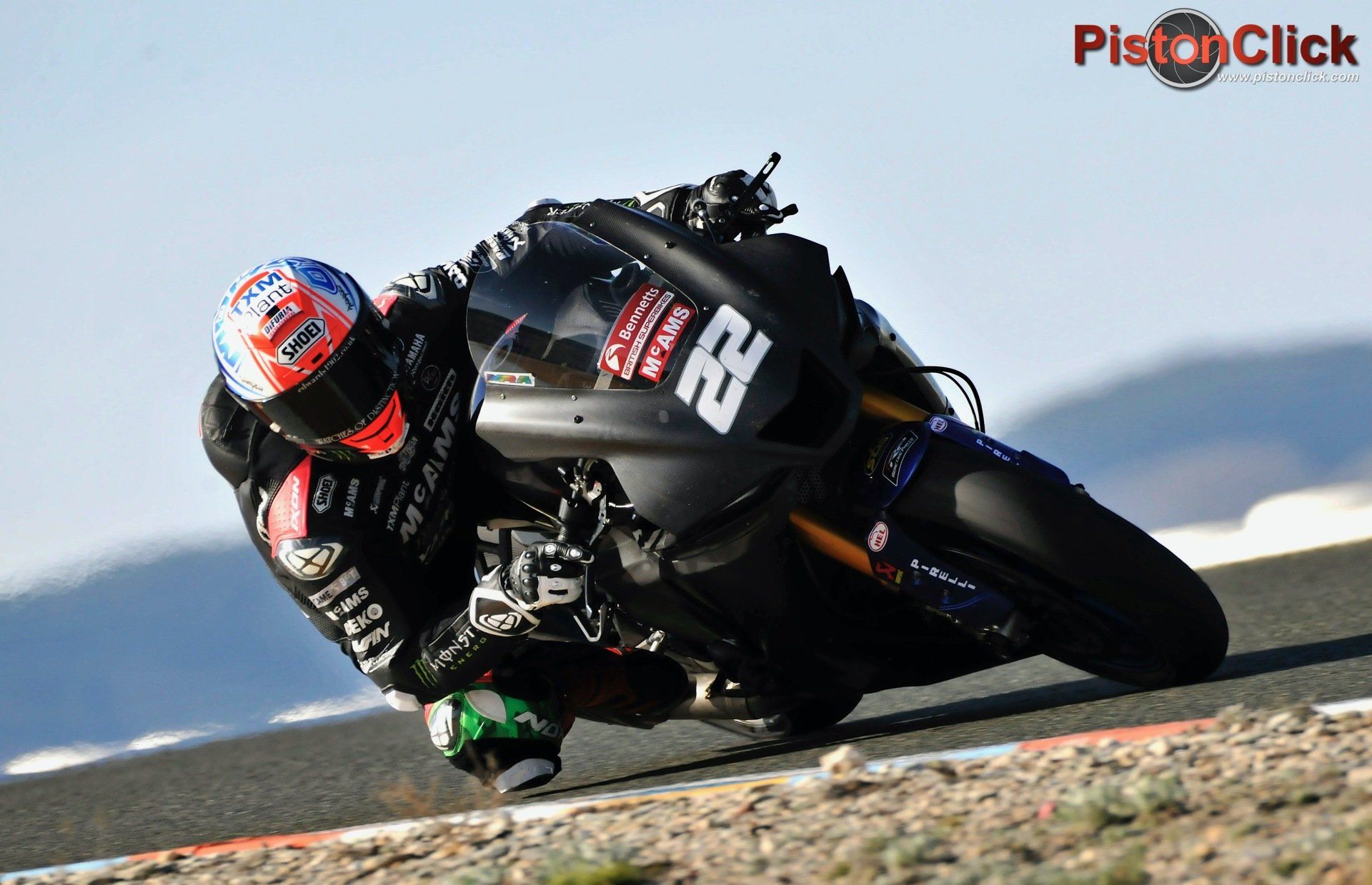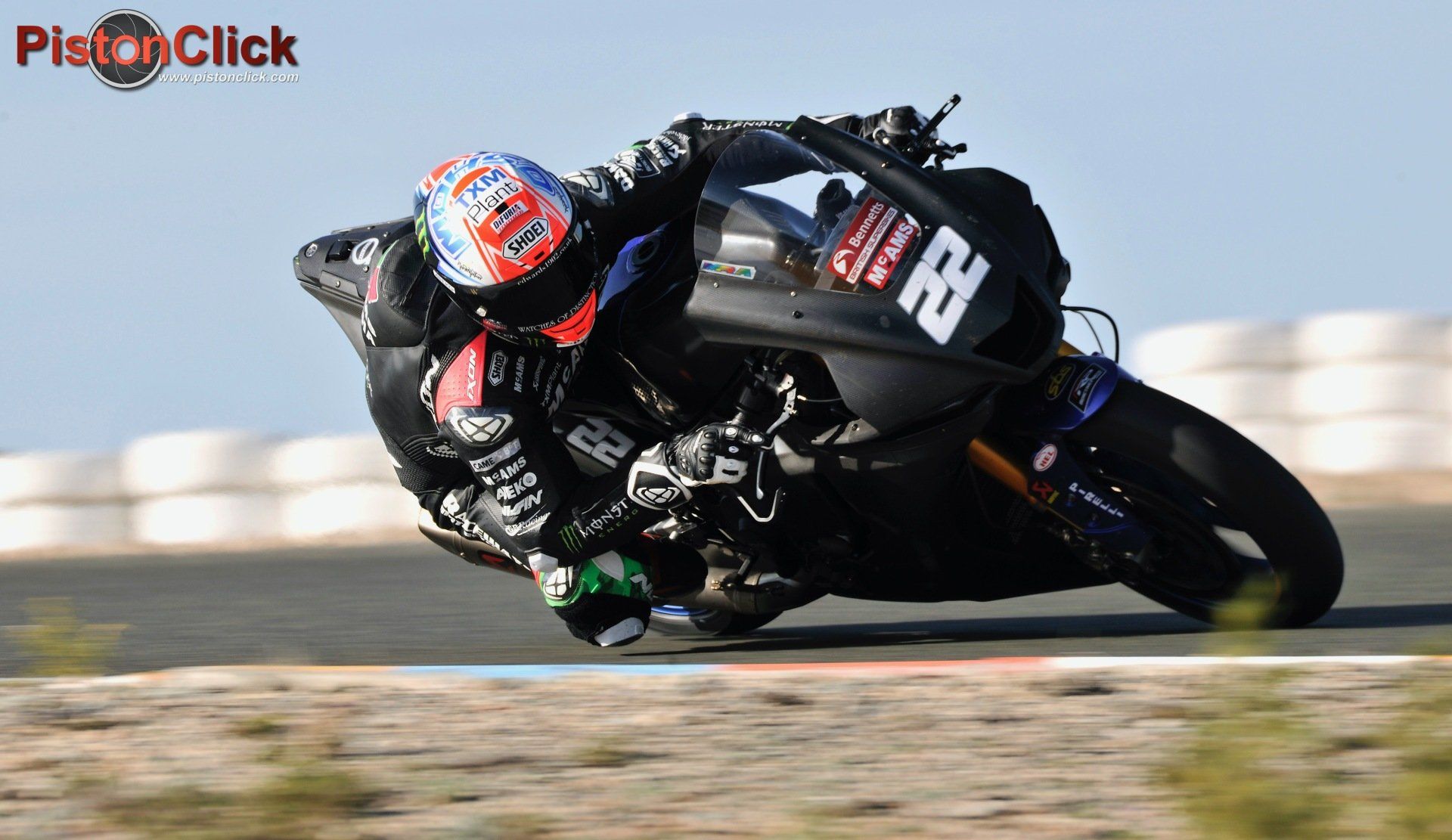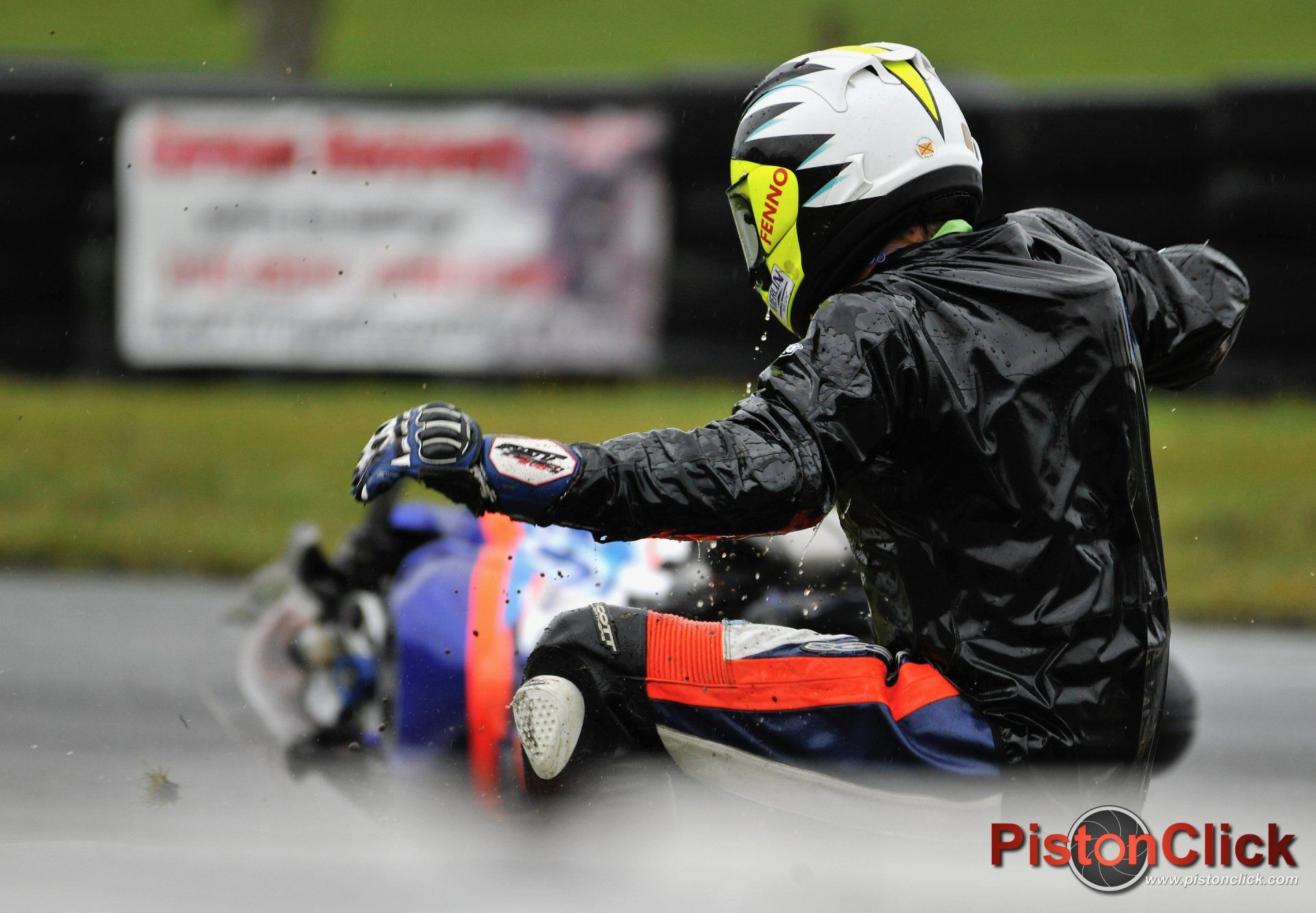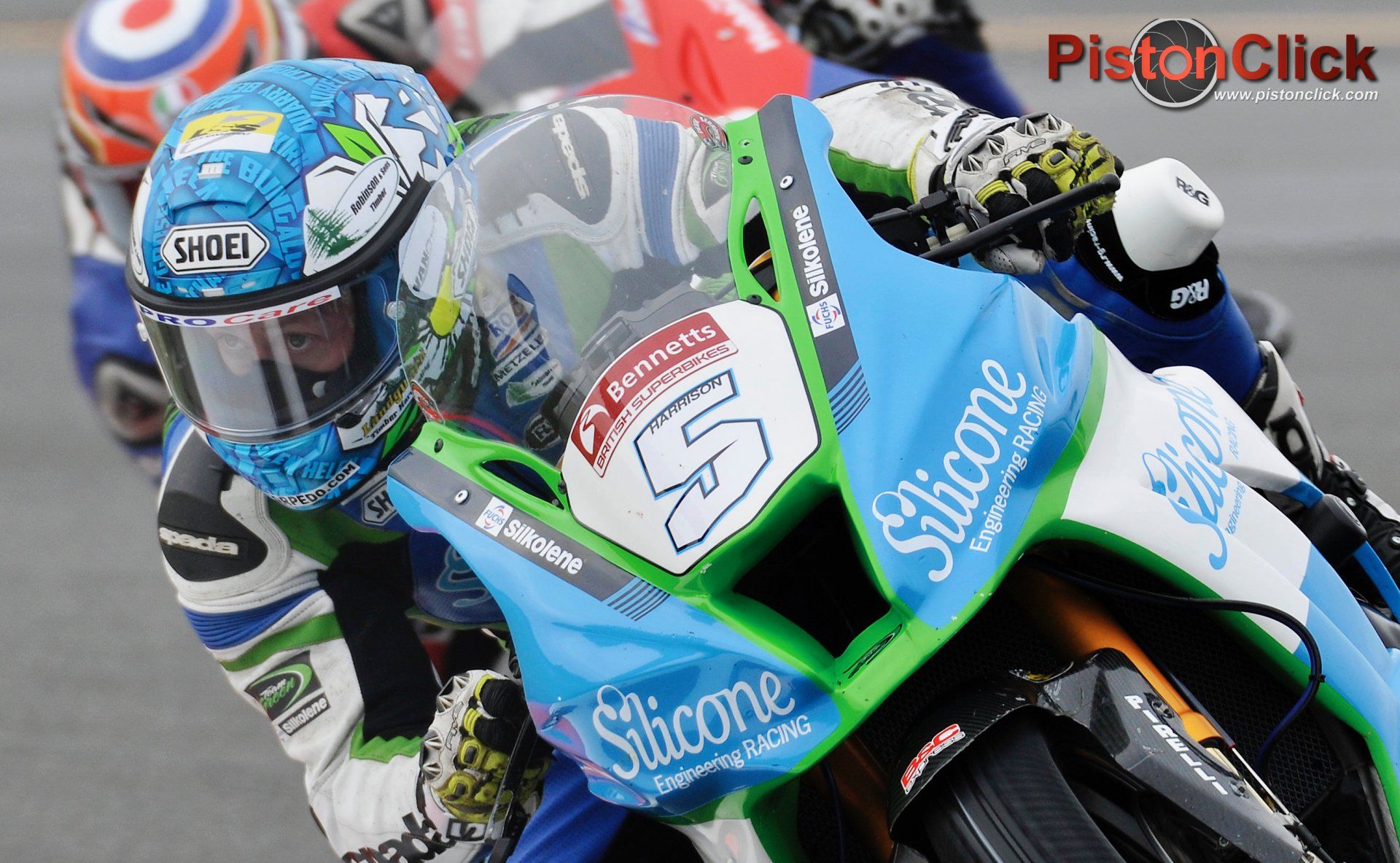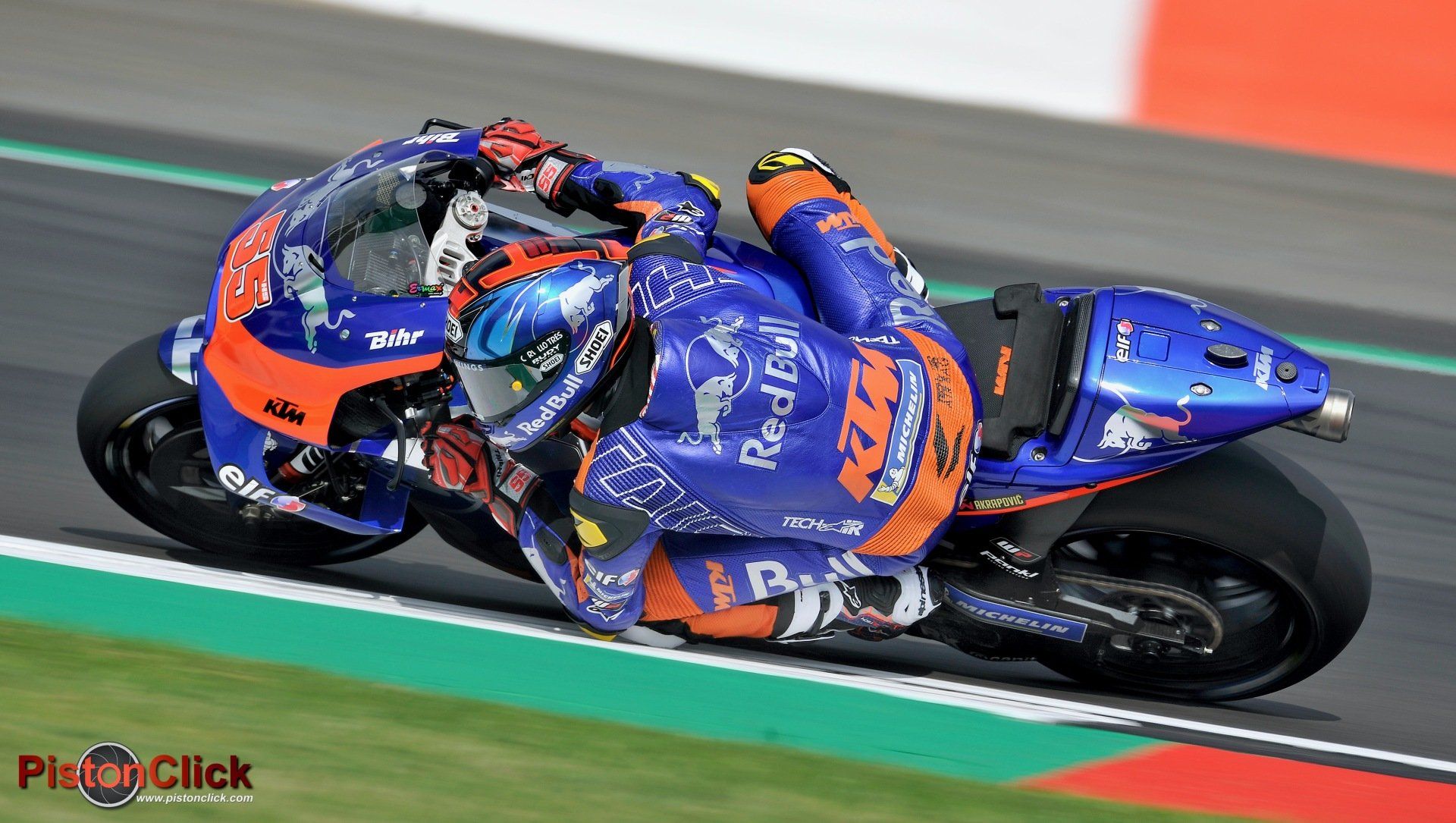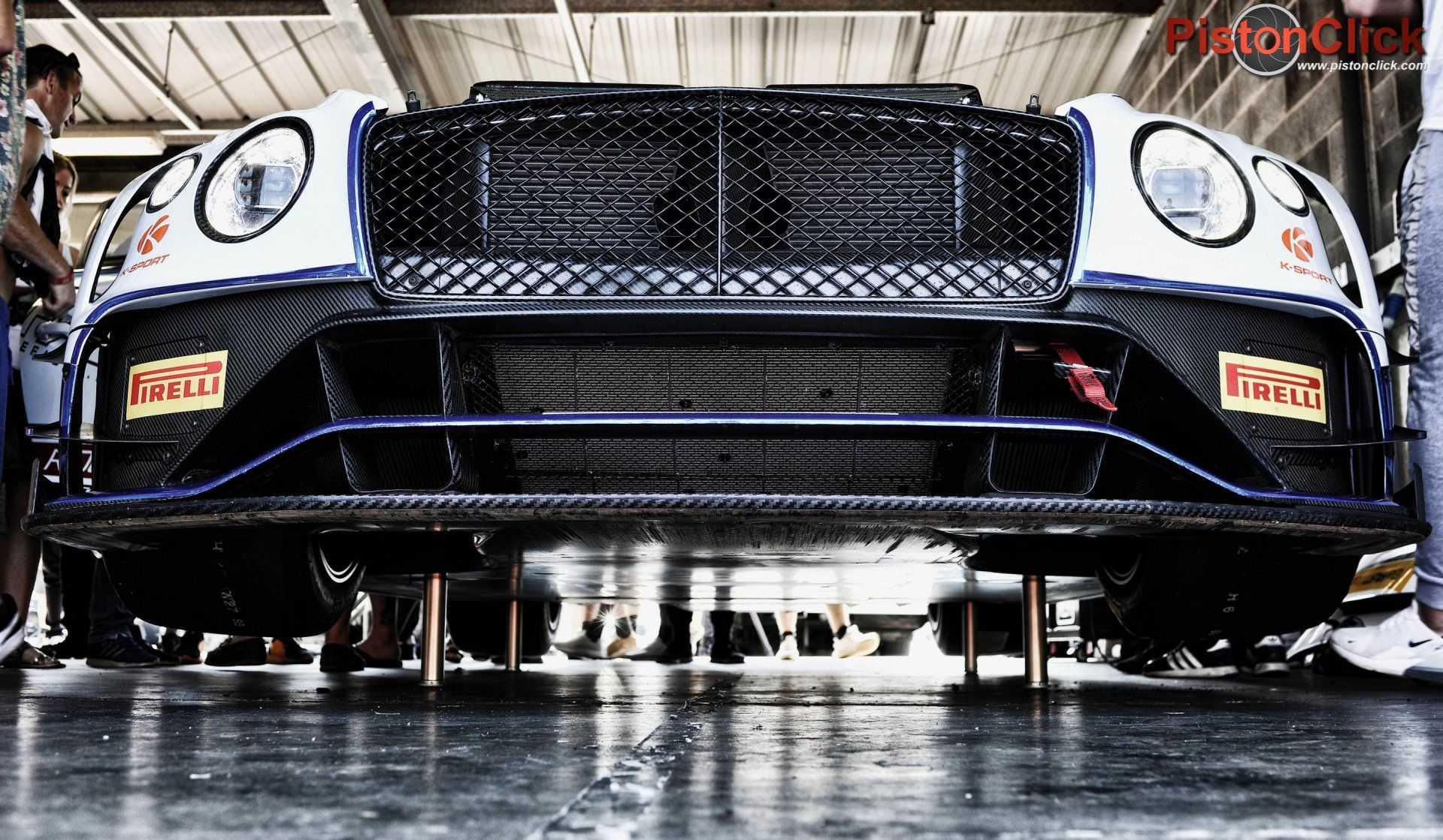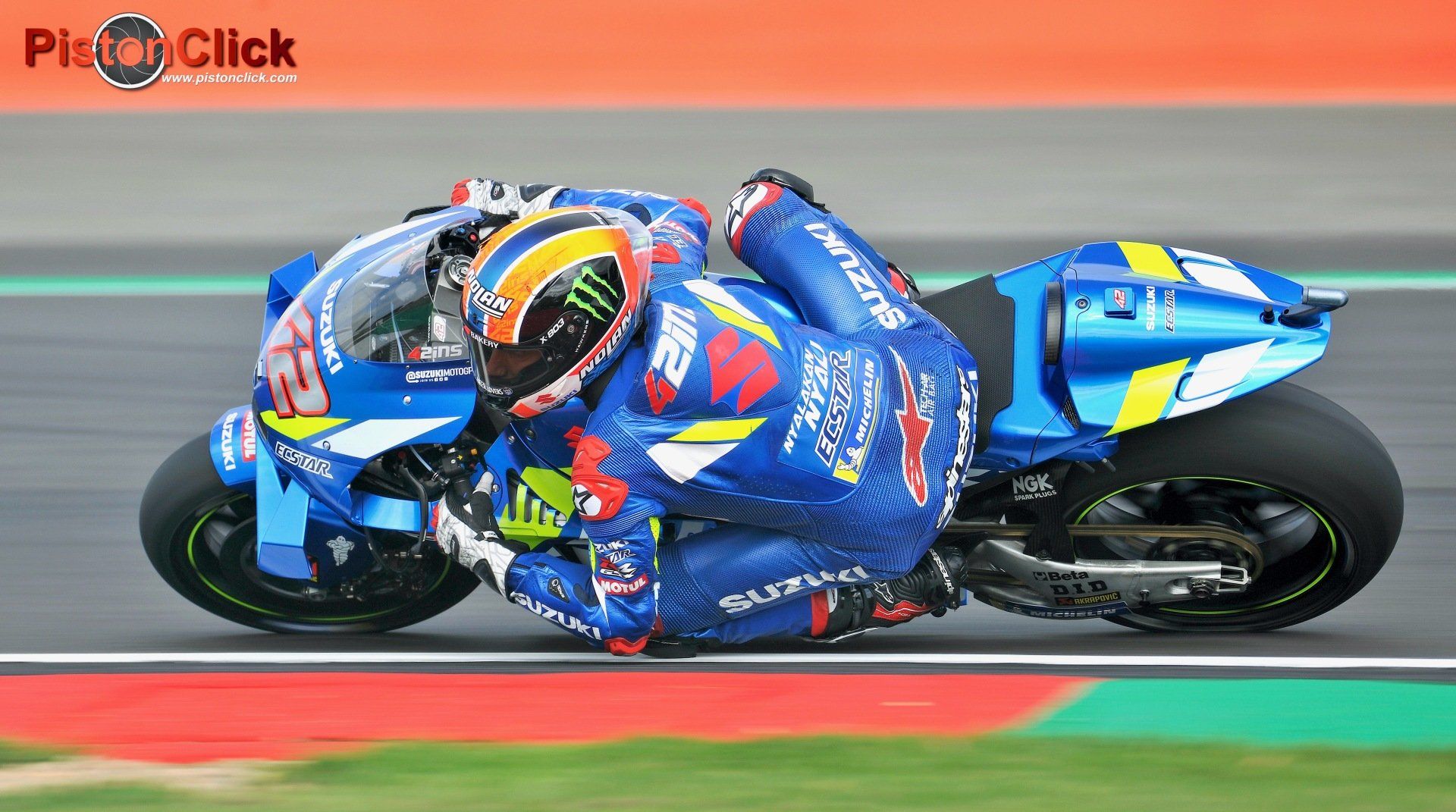Using the Nikon D3X in 2020
18 June 2020
Last year I picked up a Nikon D3X with a very low shutter count and wrote a using this pro level camera trackside. Feedback from the report was very positive with a lot of photographers contacting me for more information so I thought it prudent to follow up my initial findings now that I have been using the Nikon D3X for over a year.
All of the images used in this review have been taken with a Nikon D3X matched to the Nikkor 200-500mm f/5.6E ED VR, Nikon 80-200mm F2.8 ED and the latest Nikon 70-200 f/2.8E FL lens.
Why has the Nikon D3X report generated so much interest and why did I buy one in the first place? Well it comes down to three things, shutter count, megapixel and the cost of the camera, mainly the cost. Let me explain, the Nikon D3 series of cameras cost £5500 new and are now sub £1000 second hand with a lot for sale around the £400 - £700 price mark.
We are not talking cameras that have been thrashed and are on their last legs, excellent examples with very low shutter counts can be found in this price range. Only last week one sold on eBay for £750 with 7000 shutter actuations, wow, only 7K these cameras are rated to 300000 actuations!
Why is that? Well a lot of the D3Xs found their way into studios, being the largest mega pixel camera Nikon produced at the time, and ended up as second cameras as professional photographers will always have a back up, therefore the low shutter counts.
The single digit Nikons have always been aimed at the sports photographer so the D3X was a bit of an odd ball at the time as it only shoots at a maximum 5 frames a second in FX mode which isn't a problem for the studio / fashion / landscape photographers who lapped them up.
Regarding shutter speed, as I have said, in full frame (FX) mode you are limited to 5 frames a second but the D3X will also operate in a number of different crop modes (DX) at up to 7 frames a second. I have mapped a function button on the front of the camera to be able to quickly select DX mode.
This looks like it gives me extra reach track side but doesn't. All it does is crops the image in camera as you would do in post processing but as the image is now only 3,968 x 2,640 (6,048 x 4,032 FX) this allows the camera to write the images quicker to your CF card giving you 7 frames a second.
To compare the modes the two images below were shot earlier this year at the Spanish Circuito De Almeria in early March 2020 during a British Super Bikes test session. This is not a scientific examination of the two modes, it just shows you what can be achieved and the quality you can expect.
Also, it's worth noting that this shot is very difficult to get as the rider is approaching you from a blind crest. You can't see the riders coming until they are right on top of you, so the DX shot was a belt and braces 1/1250 of a second, standing well back to give me that extra time.
Having got a keeper image in the can FX was selected and a lower shutter speed of 1/320 a second selected to see if I could improve the shot. I also moved much closer to the rider and the edge of the track in FX mode. Both images been slightly cropped in post processing.
This shot of Jason O'Halloran was taken in DX.
This shot of Jason O'Halloran was taken in FX
If you are a potential convert from DX cameras and still have DX lenses this is not a problem for the D3X as it will auto select DX mode when a DX lens is fitted. This is great if you are on a budget but I would recommend moving on to full frame lenses to open up the full capability of the camera. I shoot mainly with the Nikon 200-500mm super zoom and the latest Nikon 70-200mm f2.8 both of which work very well on this camera.
My last point is megapixel. The professional range of single digit Nikon cameras are built with the pro in mind to the highest standard. They have to be tough, consistent and accurate to capture those fleeting sports and news moments. One thing none of them have is a high megapixel count.
The main reason for this is that you need to get your images to the editor's desk as quickly as possible and that means even in today's high speed internet enabled environment you need an image that is high quality and easily transferable.
This is where the Nikon D3X is unique in the single digit Nikon pro camera range. It has the highest pixel count out of all of them at 24.5 megapixels; the latest D6 is "only" 20.8 megapixels. Now this is important for the amateur photographer who probably doesn't have the top of the range long focal length f2.8 prime lenses matched to the latest teleconverters like a pro.
Those few extra pixels allows them to make up for the lack of reach by cropping into the image. And this is my third reason for picking the D3X out of the pro range. It's those few extra pixels which make all the difference when you are standing behind the wire.
So now these cameras are surfacing as the well off amateurs and professionals move them on, but why would you want one? Dropping into the £400 - £700 price range allows the amateur and semi pro photographer to experience a pro body camera at a reasonable price.
But why would you want a 12 year old camera matched to even older technology? Also consider most of the internal technology is the same as the older Nikon D3 and D3s which were released in 2007!
The first reason I first started looking for a D3X was because I wanted a reliable reasonably priced camera that was capable of shooting a high number of shutter actuations.
I take a lot of images trackside and for a little bit more than the cost of a shutter replacement on my previous camera I could get a 3DX with a low shutter count that was capable of taking a ridiculous number of pictures before it would fail.
The reason I would still go out and purchase a used Nikon 3DX in 2020 is two fold. Firstly, the image quality, which is excellent. Now I'm not one of those types of people to look at graphs and stats to compare cameras.
I look at pictures. So when I was compering my 3DX images with my D4 to use on this site I kept going back to the D3X. I can't put my finger on why I prefer them, I just do. It got to the point that I wasn’t using my D4 so sold it. I think that speaks for itself.
The second reason I would buy a Nikon D3X is the build quality. These cameras are built like tanks and much to my embarrassment I have fully tested how robust this Nikon Professional camera is! While on location at a very, very wet motorcycle meeting I managed to drop my camera in a deep puddle of very brown mud.
The body was totally submersed and literally covered in mud. My first thoughts were to wipe the mud off using a micro fibre cloth that I always keep in my bag, but there was too much mud covering the camera for that to be effective.
So out came my water bottle and I washed the mud off. I dried it with the micro fibre cloth and turned it on. Luckily, the lens body only had a few splashes and none on the glass so I was good to go for the afternoon session.
The third reason is the megapixels. The D3X has enough pixels to produce excellent hard copy prints and more than enough for online usage, which suits my needs. What more can I say?
Photographic Post Script
So in conclusion, the D3X is still a great camera to have in your bag in 2020. There are better, more modern cameras out there and I have considered and used these cameras track side. The D800 series is appealing but the high megapixel and therefore subsequent storage and post processing put me off , and even second-hand they are not cheap cameras, and at the rate I wear cameras out this ruled them out.
The D500 like the D8xx series is a great camera and nearly made the cut, and in the future one will end up in my bag. It has more of a sports attitude than the D8xx but is a DX and I have a bag full of very good DX cameras. Once they wear out I will look seriously at the D500, but after reviewing the first images I took with the D3X last year, it could be some time before I pick up a DX camera system again.
You can share this report with your friends on social media.






